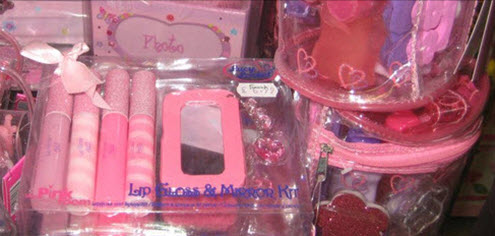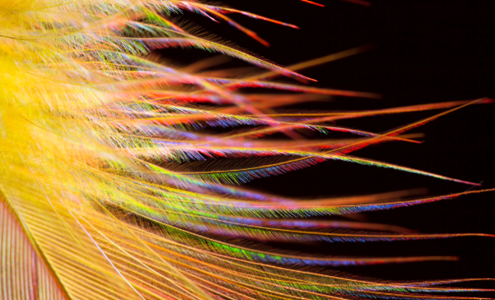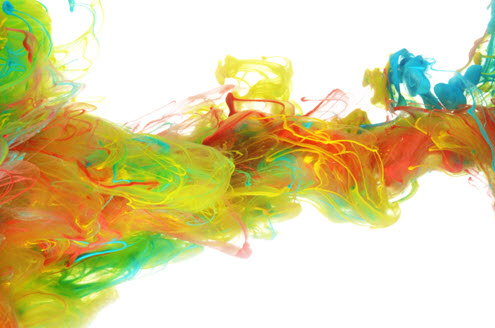in the news… the pink backlash

Karen Haller
Little girls love the colour pink. Mothers either love it or hate it; so much so they will either buy everything for their daughter as long as it’s pink or avoid it like the plague.
positive psychological properties of pink
Looking at the positive qualities of pink, it represents feminine love, nurturing, and caring, maternal love. From these positive qualities you can see why the energy of the softer, gentler tones pink would resonate with little girls.
the power of emotional selling
The marketers realised this as an emotional selling hook. Over the years the use of this colour has become more overt, applying it to everything relating to girls, to the virtual exclusion of any other colour.
This is a great example of how colour has been used to create an emotional buying response. This happens all the time. It is just that when it comes to pink we are conscious it is happening. Think about every other product and service you buy and just as important those you don’t. Look at the colour or colour combination used. You are also affected by the colour, you just may not be consciously aware.
85% of shoppers place colour as a primary reason for when they buy a particular product. Source: KISSmetrics
negative psychological properties of pink
So what happened next was in colour psychology terms predicable. When there is too much use of a colour the negative qualities can be experienced. The negative psychological properties of pink are needy, weak, helpless and emasculating.
the pink backlash
I feel this is more than just the colour pink. The colour appears to have become intrinsically linked to overt sexualisation and gender stereotyping in the way products have been designed and marketed to girls. This is known as colour association, where we consciously associate a colour to an event, a memory, to conditioning.
On this level I can fully understand why mothers would what to protect their little girls from a deeper and more worrying issue. And many are doing this by boycotting these types of products. There is a website dedicated to showing there is more than one way to be a girl called Pink Stinks. From what I can see they aren’t anti pink, just what pink has come to represent.
Colour is subjective which is why some mothers and girls love pink and others loath it. It’s about having choice and the marketers would do well to take into consideration the psychological qualities of other colours to ensure there are products available in a range of colours to suit different personality types.
a child’s innate colour intuition
It can be a balancing act for mothers whilst protecting their daughters from what a colour has become associated with and allowing their daughters to explore colour. Not making their colour choices wrong, but allowing them to use their own innate intuition. They are after all expressing how they are feeling through their choice of colour.
Do you think pink is the culprit?
Image: PinkStinks.co.uk




Interesting debate!
I knew about Pink Stinks and do like what they stand for.
Pink is definitely over-used in a lot of tacky ways, in my opinion. Which is a shame as it can look really amazing too.
Hi Tamsin,
I agree, it is an interesting debate. One I’ll be watching. Still feel pink is being labelled as the baddie here.
I love certain shades of pink, myself and have never had any negative association with it. While I can see it can be used as a component in potraying negative sexuality, I personally think it takes much more than the colour to project this: the cut and length of a garment; the imagery that pink is being used to accent etc an interesting discussion, though, Karen. Thanks for posting this.
Hi Felicity,
Style and cut certainly plays a role. It’s the colour and the tone we take in first before shape or anything else.
Great you have such a positive connection to the colour of femininity.
An interesting debate indeed! I think the preconceptions of pink are starting to change though with it becoming more commonly used in men’s fashion now too. It will be interesting to come back to this subject in a few years time and see how things have changed!
Hi Nicola,
Good observation about pink being more common in men’s clothing, especially shirts. I have noticed this is more for the London, City worker. So may be more of a regional change than national or global.
Didn’t Jordan? Katie Price? get married in pink? However don’t you just love the rock star, PINK?